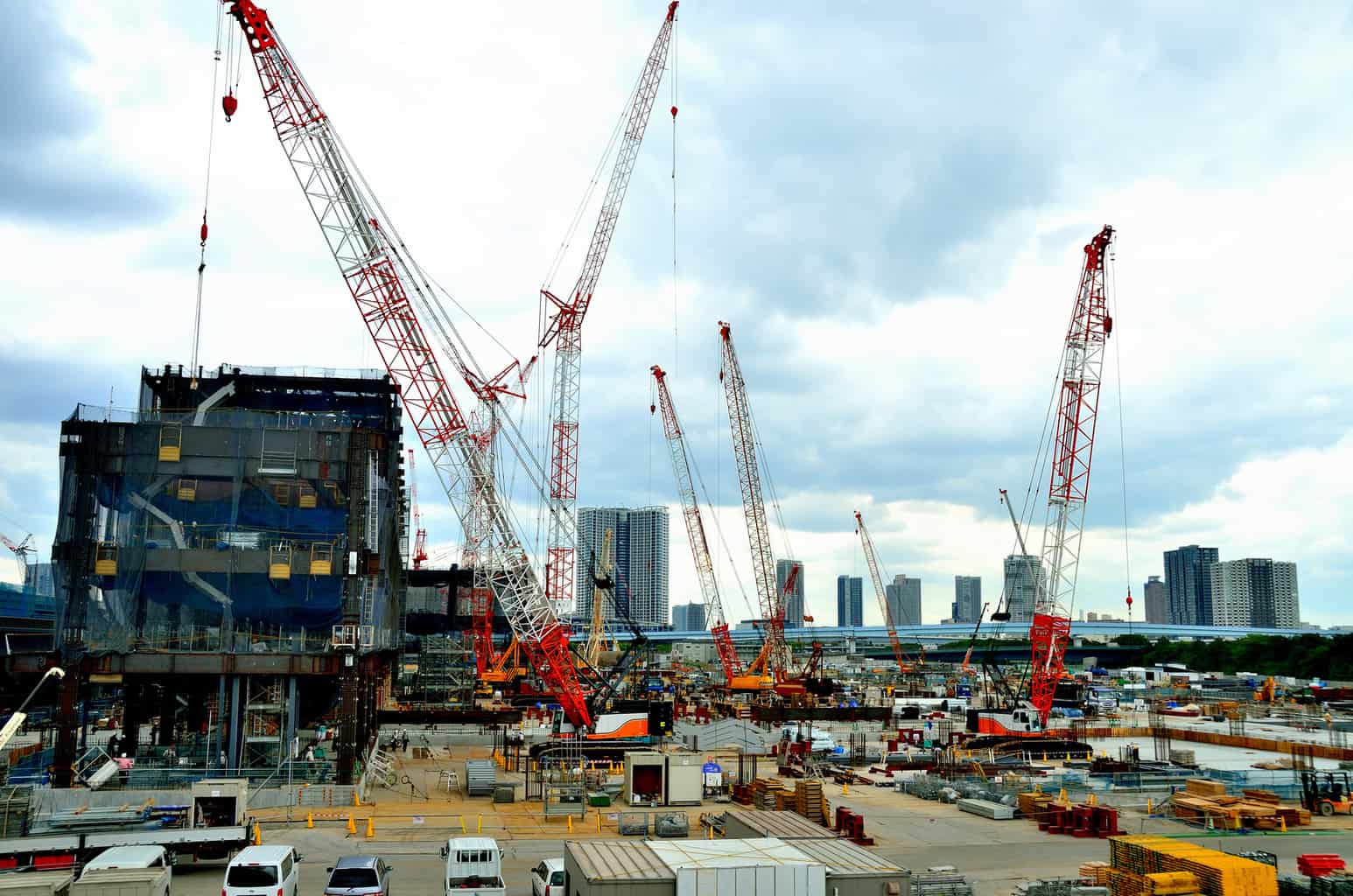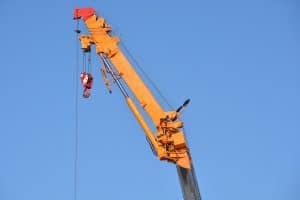5 Safety And Maintenance Tips For Your Crane’s Chain Hoist
Performing regular maintenance is an essential safety practice in any workplace. This is especially true in a place that deals with industrial equipment, like cranes.
Cranes are both extremely useful, and extremely dangerous. According to OSHA, crane-related injuries kill approximately 71 workers each year.
Maintaining your crane’s chain hoist is essential to keeping your employees safe. Additionally, regular maintenance will also keep your crane operating efficiently.
1. Understand Common Chain Hoist Problems
The first step to maintaining your chain hoist on your crane is understanding how it works. This way, you’ll be better able to identify when wear and tear are impacting its effectiveness.
There are three kinds of hoists that your crane might use: differential, lever ratchet, and hand chain. All three of these hoists use some combination of a chain and hook to both lift and move heavy objects.
Since these hoists work by rotating a chain, the most common problem associated with them are related to wear and tear on the chain.
That said, regular maintenance can greatly extend the lifespan of a chain.
2. Keep the Chain Clean and Lubricated
The most common causes of wear on a chain are rust and debris. Chains can become stiff and difficult to move due to the buildup of rust and grit.
Most hoists will require dismantling in order to be properly cleaned and oiled. You should do this at least once or twice a year, depending on what you primarily use the hoist for.
3. Watch out for Signs of Damage
Over time, the chain in a hoist will become worn. Make sure to look for signs of deterioration, and replace the chain before it is overused.
Common signs of a chain that needs to be replaced include kinking and stretching. Additionally, if chains “pop” when they are in use, that is likely because they are becoming too stiff.
Remember, it’s always better to replace a chain than it is to have an accident.
4. Perform Regular Inspections
Testing and inspecting your industrial equipment is not just a good idea. OSHA requires that certain tests and inspections take place on a regular basis.
The hoist operator should perform a brief, visual inspection every day to make sure the equipment is operating properly.
Monthly, a more in-depth inspection should be done to document an existing wear, tear, and damage to the equipment.
5. Conduct Necessary Testing
In addition to inspecting your crane’s chain hoist, you should also test it regularly to ensure it is functioning properly.
You should perform a service load test at least quarterly. These tests are designed to observe how well the equipment functions while lifting objects of various weights.
Finally, at least every six moths, make sure to test the chain hoist’s ability to lift heavy loads.
Performing these tests will help demonstrate how the hoist operates under various conditions and will reveal any problems with performance.
If you’d like help keeping your equipment in good condition, or need to purchase replacement parts, then contact us. We’ll work with you to find the right equipment and tools for your needs.




 Any job working with heavy equipment demands only the very best in parts and supplies. Sourcing less than quality parts could cost people their lives.
Any job working with heavy equipment demands only the very best in parts and supplies. Sourcing less than quality parts could cost people their lives.